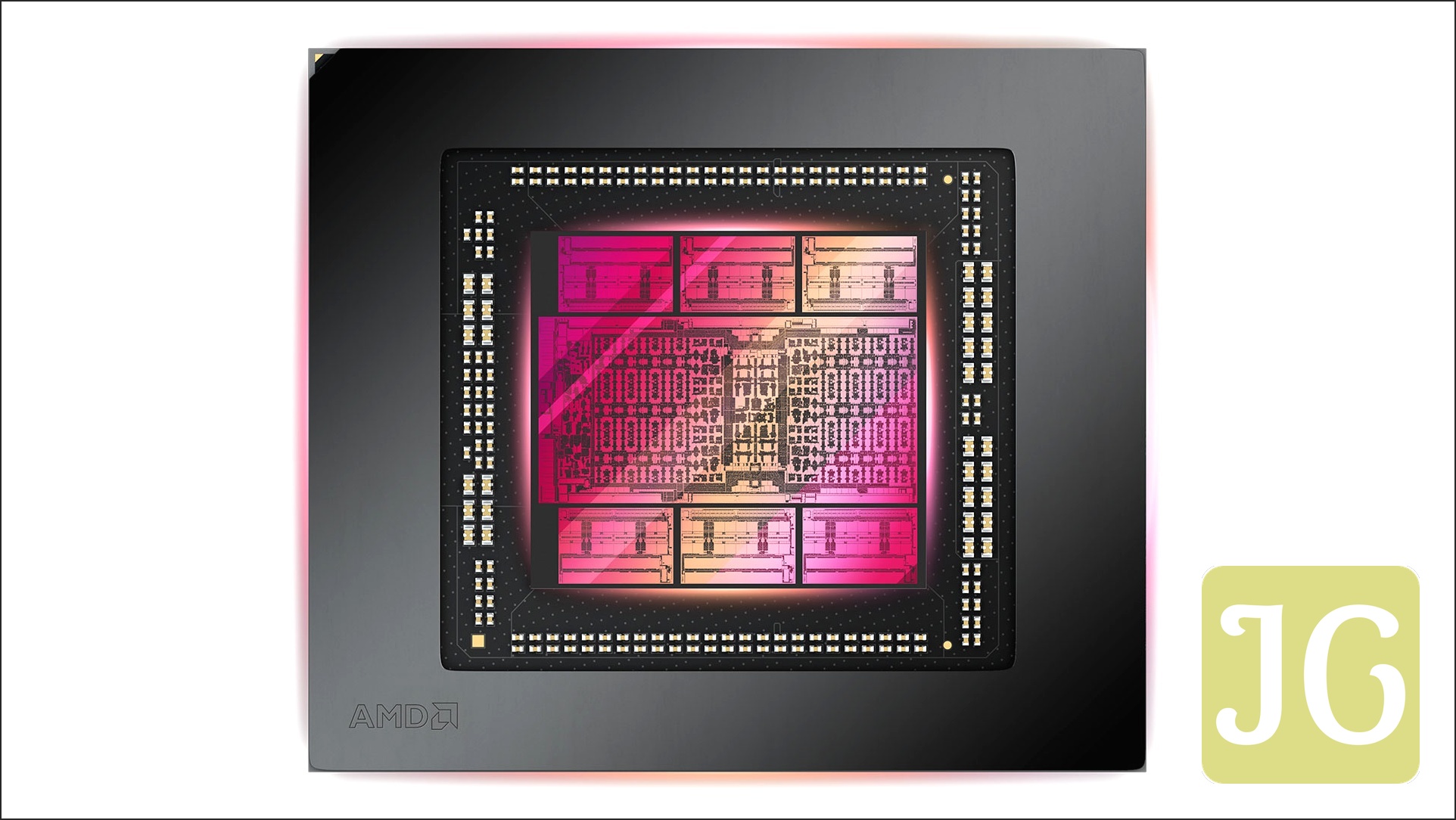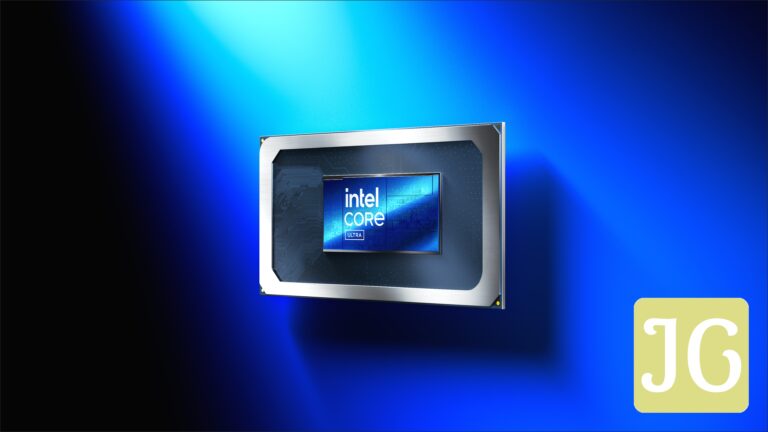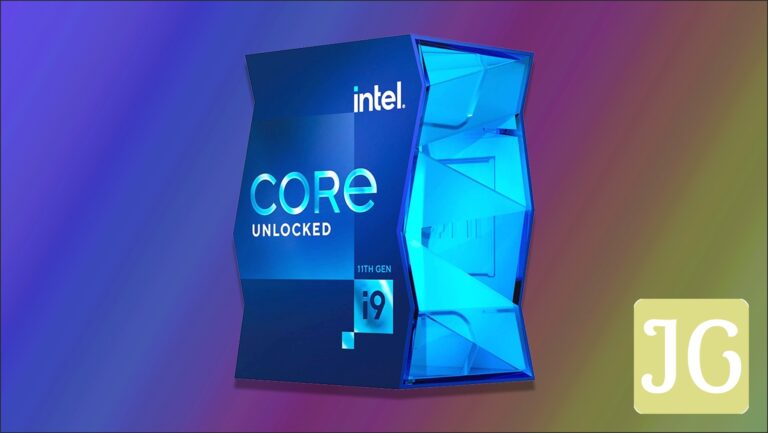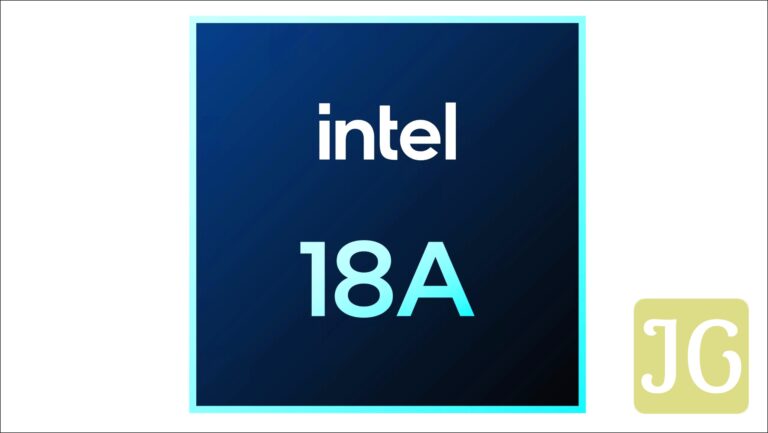Every gamer chases that elusive edge: smoother frame rates, lightning-fast load times, and hardware that simply *performs*. But what if the next leap forward isn’t a flashy new GPU, but an invisible technology working behind the scenes, deep within the silicon itself? Enter UCIe 3.0. This isn’t just another incremental update; it’s a foundational interconnect standard poised to revolutionize how our CPUs and GPUs are built. For those curious about the future of gaming performance, understanding UCIe 3.0 is key, as it promises tangible benefits that could reshape your next gaming rig.
The Chiplet Revolution: Understanding UCIe
At its core, the chiplet revolution is about modularity. Instead of crafting a single, monolithic chip, manufacturers are increasingly designing smaller, specialized ‘chiplets’ that can be combined into a larger, more powerful package. This approach allows for unprecedented flexibility, enabling the integration of intellectual property (IP) from different companies and even various foundries into a single, functional component. For this modular future to truly flourish, an open standard for how these chiplets communicate is absolutely essential. That’s where the Universal Chiplet Interconnect Express (UCIe) comes in. As the leading consortium focused on chiplet interoperability, UCIe provides that critical open standard, fostering an ecosystem where innovation in modular semiconductor design can accelerate, unburdened by proprietary limitations.
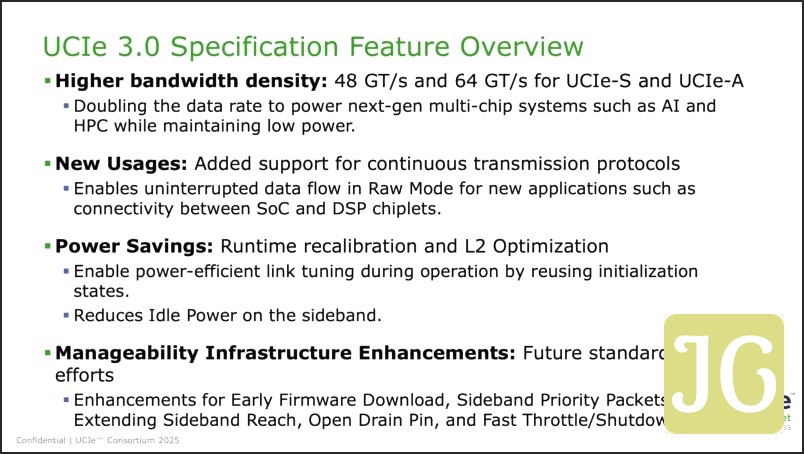
UCIe 3.0: What’s New and Why It Matters for Performance
UCIe Interconnect Speed Evolution
The headline feature of UCIe 3.0 is a dramatic leap in data rates. This new specification introduces speeds of 48 GT/s and a staggering 64 GT/s, effectively doubling the bandwidth of its predecessor, UCIe 2.0, which topped out at 32 GT/s. This isn’t just a number; it’s a critical advancement. Doubling the data rate in chip-to-chip communication significantly increases throughput per pin. Why does this matter? Because connections within a chip’s physical area are often limited. By pushing more data through fewer pins, UCIe 3.0 addresses this bottleneck, particularly for UCIe-S 2D and UCIe-A 2.5D designs, enabling more complex and powerful multi-chip packages without requiring an impossible number of physical connections.
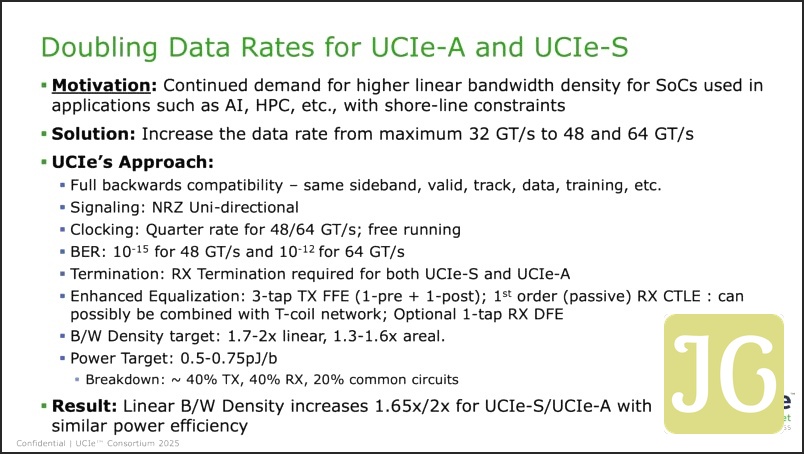
- Enhanced Runtime Recalibration: This feature significantly improves power efficiency by allowing links and chiplets to tune their power consumption during operation, reusing initialization states for seamless adjustments.
- Extended Sideband Reach: With an extended sideband channel reaching up to 100 mm, UCIe 3.0 supports more flexible multi-chip configurations and System-in-Package (SiP) topologies, offering greater design freedom.
- Advanced Manageability Features: New capabilities like early firmware download standardization (using Management Transport Protocol for streamlined initialization) and priority sideband packets (for deterministic, low-latency signaling of time-sensitive system events) are introduced. These features are crucial for increasing overall system responsiveness and reliability.
- Full Backward Compatibility: Crucially, UCIe 3.0 is fully backward compatible with all previous UCIe specifications, ensuring seamless integration and adoption for future designs.
The Gamer’s Bottom Line: How UCIe 3.0 Impacts Your PC
Direct Gaming Benefits: Translating Tech into FPS and Beyond
Potential FPS Gains & Reduced Latency
The doubled bandwidth density and significantly higher data rates (up to 64 GT/s) of UCIe 3.0 are not just abstract numbers; they directly address bottlenecks in future multi-chip CPUs and GPUs. By allowing chiplets to communicate with unprecedented speed and efficiency, data can flow more freely between processing units, potentially leading to higher frame rates and smoother gameplay. This efficient communication also minimizes latency in complex processing tasks, making your games feel more responsive and immediate, reducing the micro-stutters that can pull you out of the experience.
Faster Load Times & System Responsiveness
Beyond raw FPS, UCIe 3.0’s enhancements contribute to a more fluid overall system experience. The improved power efficiency through features like enhanced runtime recalibration and L2 Exit Handshake means components can operate more optimally. More importantly, the new manageability features, such as early firmware download and priority sideband packets, increase system responsiveness and reliability. This translates to faster game load times, quicker application launches, and a generally snappier PC experience, ensuring your system is always ready for action.
More Affordable & Diverse Hardware
Perhaps one of the most exciting long-term benefits for gamers is the potential for more optimized and diverse hardware. UCIe 3.0’s focus on greater scalability, flexibility, and interoperability through modular semiconductor design means that in the future, manufacturers could combine specialized chiplets from different vendors. This open ecosystem fosters competition and innovation, potentially leading to more cost-effective designs and a wider array of hardware options. Imagine a world where the best graphics IP from one company can seamlessly integrate with the best memory controller IP from another, all thanks to an open standard like UCIe.
When Will You See It? The Adoption Timeline
UCIe 3.0: From Specification to Your Gaming Rig
Addressing Gamer Skepticism: The Road Ahead
While the technical advancements of UCIe 3.0 are undeniably impressive, gamers are right to approach new industry standards with a healthy dose of skepticism. The big question isn’t just what the technology can do, but whether major manufacturers like AMD, Intel, and NVIDIA will truly embrace it for their high-performance gaming hardware. These companies often rely on their own proprietary interconnects, such as AMD’s Infinity Fabric or Intel’s EMIB, which are deeply integrated into their existing architectures. The challenge for UCIe 3.0 will be to demonstrate a compelling enough advantage to overcome the inertia and investment in these established, internal solutions. Technical hurdles in integrating diverse chiplets and ensuring seamless performance across different vendors will also need to be ironed out before UCIe 3.0 becomes a ubiquitous presence in our gaming PCs.
“UCIe 3.0 represents a critical step forward for the chiplet industry, delivering the speed, efficiency, and manageability needed to scale multi-chip designs. Our goal is to build a truly open and interoperable chiplet ecosystem, and the increased data rates and extended manageability capabilities in UCIe technology will empower developers to build more flexible, interoperable, and high-performance System-in-Package (SiP) solutions.” — Cheolmin Park, UCIe Consortium President and Corporate VP of Samsung Electro-Mechanics
Your Burning Questions About UCIe 3.0 Answered
Will UCIe 3.0 make my current PC faster?
Unfortunately, no. UCIe 3.0 is a foundational specification for *future* hardware designs. It defines how next-generation chiplets will communicate within new CPUs and GPUs. It will not impact the performance of your existing PC components.
Which companies are expected to adopt UCIe 3.0 for gaming hardware?
While major players like Intel, AMD, and NVIDIA are all part of the UCIe consortium, specific announcements regarding their consumer gaming products leveraging UCIe 3.0 are not yet public. The very nature of an open standard like UCIe aims for broad industry adoption, encouraging all members to integrate it into their future designs for greater interoperability.
How does UCIe 3.0 compare to proprietary interconnects like AMD’s Infinity Fabric?
UCIe 3.0 is an *open standard* designed to promote interoperability between chiplets from different vendors, fostering a broader, more flexible market. Proprietary interconnects like AMD’s Infinity Fabric or Intel’s EMIB, while highly effective, are typically designed for internal use within a single company’s ecosystem. UCIe’s goal is to enable a future where diverse chiplets can seamlessly integrate, regardless of their origin.
The JoltGamer Verdict: UCIe 3.0’s Impact on Future Gaming
- Doubled Bandwidth: UCIe 3.0 significantly boosts chiplet interconnect bandwidth, doubling UCIe 2.0’s speeds to 64 GT/s, enabling more powerful and efficient multi-chip CPU and GPU designs.
- Gamer-Centric Benefits: This translates to potential for higher FPS, faster game load times, and overall improved system responsiveness in future gaming rigs. It also promises a future with more diverse and potentially more affordable hardware options.
- Future-Proofing Your Rig (Eventually): Expect consumer products leveraging UCIe 3.0 to hit the market in late 2028 to early 2029, aligning with typical chip design cycles.
- A Modular Future: UCIe 3.0 is a crucial step towards a truly modular, interoperable, and innovative future for gaming hardware, laying the groundwork for how your next-gen PC will be built.
UCIe 3.0, though an ‘invisible’ technology to most gamers today, is laying the essential groundwork for the next generation of PC gaming performance. Its advancements in bandwidth, power efficiency, and manageability are not just technical specifications; they are the foundational bricks for more powerful, scalable, and innovative hardware. While patience will be required as this standard makes its way into consumer products, the long-term outlook is undeniably optimistic. The future of PC gaming promises to be more dynamic and exciting than ever, thanks to innovations like UCIe 3.0 working beneath the surface.

